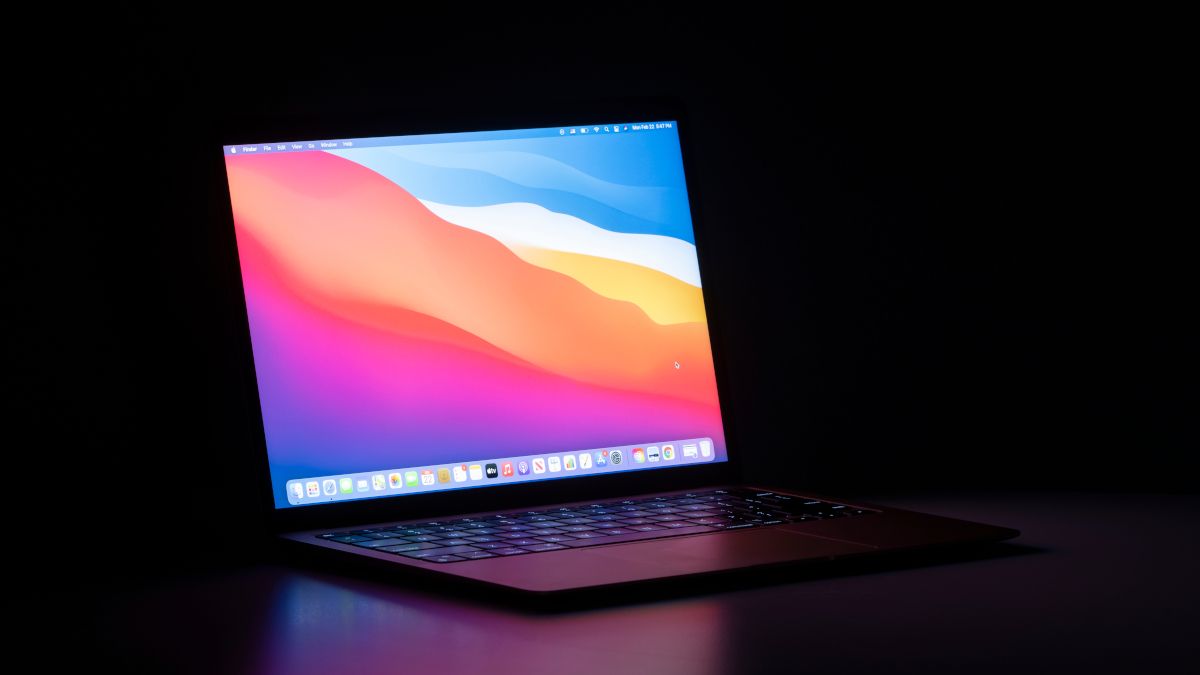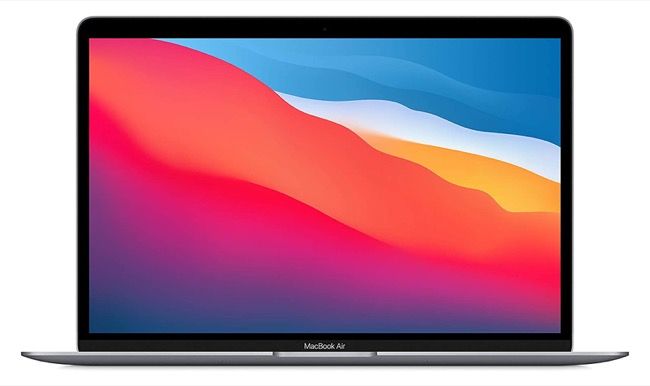Quick Links
Apple loves to use the term "Retina display" in its marketing materials, but what exactly does this mean? And why are there so many different types of displays that carry this label? Let's take a closer look at the phrase.
It's All About Pixel Density
The term "Retina display" is something Apple made up, and so the term could apply to anything Apple deems "Retina" quality. It first appeared when the iPhone 4 was released in 2010, with Steve Jobs stating that at 326 pixels per inch (ppi), individual pixels are indistinguishable while using the device.
This is the closest thing we have to a definition of the term "Retina" that Apple uses in its marketing. Every smartphone, tablet, and computer that Apple manufactures at present ships with a "Retina" display, with some using different display technologies and panels that qualify as "Super Retina" or better.
You've probably noticed that these devices have wildly differing pixel densities. The iPhone 12 clocks in at 460 ppi while the M1 MacBook Air only manages 227 ppi. How can both displays qualify as "Retina" with such a high degree of pixel density variance?
The answer lies in how far you are from a device when using it. Apple expects that you will sit considerably further away from a MacBook Air than you would when using a smaller form factor device like an iPhone. If you can't see the pixels when sitting at your desk, Apple considers the display to be "Retina" quality.
From this we can infer that Retina means that pixels cannot be individually distinguished at normal operating distance. Apple has since adapted the term with prefixes and suffixes like "Super Retina" and "Retina HD" for its mobile devices but most Mac models still ship with a regular old "Retina Display."
What Benefits Does a Retina Display Have?
A display with a high pixel density that qualifies as Retina provides a more pleasant user experience. Not being able to see individual pixels means that images and text are sharp and crisp, with little to no jagged edges visible unless you get very close.
This requires macOS to adjust the user interface to use assets that have four times the details (twice the pixels vertically, and twice the pixels horizontally). It also needs to scale these icons up so that they don't appear too small.
The use of a Retina display won't make your work any better, but it will make the time you spend using your device a little more pleasant. While Mac apps like Retinizer were once required to "upscale" older apps, most software now accounts for Apple's preference for high pixel density displays.
Understanding Display Technology
While "Retina" is a term reserved for Apple devices, rivals also have their own terminology. For example, Samsung loves to use "Super AMOLED Display" to describe OLED panels with integrated digitizers.
If you're interested in learning more about display technology, you might be interested in knowing the difference between OLED and non-OLED displays, as well as how to buy the right TV for your budget and needs.


